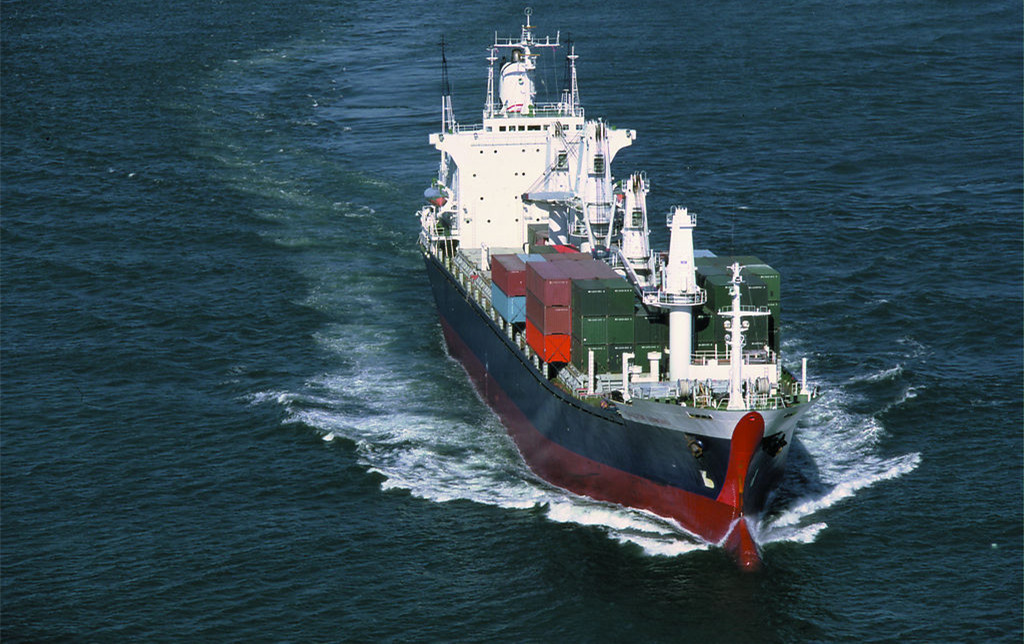Iron Ore Seen Retreating Below $60 as China Goes on Holiday

Iron ore risks sinking below $60 a metric ton in the next two weeks, deepening a bear-market rout, as mills in China cut steel production before and during a national holiday, curbing demand as supplies expand further.
Prices may drop to less than $60 as factories and businesses shut for the week-long Lunar New Year break, and rebound after that, according to UBS Group AG and Shenhua Futures Co. China is the largest iron ore importer and biggest steelmaker, accounting for about half of global production.
The raw material collapsed in 2014 and extended declines this year as surging low-cost output from Rio Tinto Group and BHP Billiton Ltd. spurred a glut just as growth in China slowed. Mills are closing earlier than normal amid weak sales before the holiday, which runs Feb. 18-24 this year, according to Australia & New Zealand Banking Group. Citigroup Inc. flagged the potential for sub-$60 prices in November, and Roubini Global Economics LLC made a similar forecast the following month.
“A drop below $60 is possible, though prices may find a bottom,” Wu Zhili, a Shenzhen-based analyst at Shenhua Futures, said by phone on Tuesday. “Mills tend to cut output before the Spring Festival, which curbs demand for iron ore. The major producers in Australia and Brazil won’t readily reduce supply.”
Ore with 62 percent content at Qingdao, China, slumped 2.1 percent to $61.20 a dry ton on Monday as the country’s imports shrank last month, according to data compiled by Metal Bulletin. That’s the lowest on record dating back to May 2009. Iron ore fell 14 percent this year after losing 47 percent in 2014.
Restock Forecast
Prices may drop below $60 as short-term signals are still weak, UBS analyst Daniel Morgan in Sydney said by e-mail in response to questions. The steel-making ingredient, which the bank forecasts to average $66 in 2015, will probably rise after the break as mills restock, he said on Tuesday.
Factories and offices in China shut during the holiday, also known as the Spring Festival, as millions of workers travel back to their hometowns to celebrate with their families. Financial markets in Asia’s largest economy will be closed Feb. 18-24. Metal Bulletin’s iron ore price data won’t be published on Feb. 19-20, and will resume on Feb. 23.
Steel mills in China will start restocking after the break, driven by improved local demand and an increase in steel exports, Roger Emslie, a consultant at Wood Mackenzie Ltd., told a conference on Monday. In the second quarter, the outlook for iron ore will improve as high-cost producers remain out of the market, he said. Wood Mackenzie has a 2015 forecast of $70.
Roubini Global
Citigroup predicted sub-$60 iron ore this year in a Nov. 11 report as it reduced price forecasts, saying it was likely in the third quarter. Since then, the bank has cut its 2015 outlook further, seeing an average of $58. Iron ore may drop to less than $60 a ton this year as supply increases and demand growth in China falters, Roubini Global Director of Commodities Helen Henton said in an interview in December.
China imported 78.57 million tons of iron ore in January compared with 86.85 million a month earlier and 86.83 million a year earlier, customs data on Sunday showed. Cooling domestic demand from the construction industry prompted mills to turn to overseas buyers, sending steel exports 52 percent higher in January to 10.29 million tons from a year earlier.
Iron ore stockpiles at Chinese ports fell 1.2 percent to a one-year low of 97.6 million tons by Feb. 6, according to data from Shanghai Steelhome Information Technology Co. Inventories shrank 14 percent since peaking at 113.7 million in July.
Goldman’s View
Global seaborne output will exceed demand by 47 million tons this year and 260 million tons by 2018, Goldman Sachs Group Inc. estimates. China grew at the slowest pace since 1990 last year, according to the statistics bureau, and data showed on Tuesday that factory-gate deflation deepened in January.
The market is in transition and there could be significant volatility as high-cost iron ore supply is displaced, Alan Smith, Rio’s Asia president for iron ore, said last week. China’s steel output would rise through to 2030, he said.
“I would expect some lift post-China New Year on restocking,” said UBS’s Morgan. Some domestic iron ore mines that shut for the break may not reopen, which may lift demand for imports, he wrote.
HEADLINES
- Do shipping markets want Biden or Trump for the win?
- All 18 crew safe after fire on Japanese-owned tanker off Singapore
- Singapore launching $44m co-investment initiative for maritime tech start-ups
- Cosco debuts Global Shipping Industry Chain Cooperation Initiative
- US warns of more shipping sanctions
- China continues seaport consolidation as Dalian offer goes unconditional